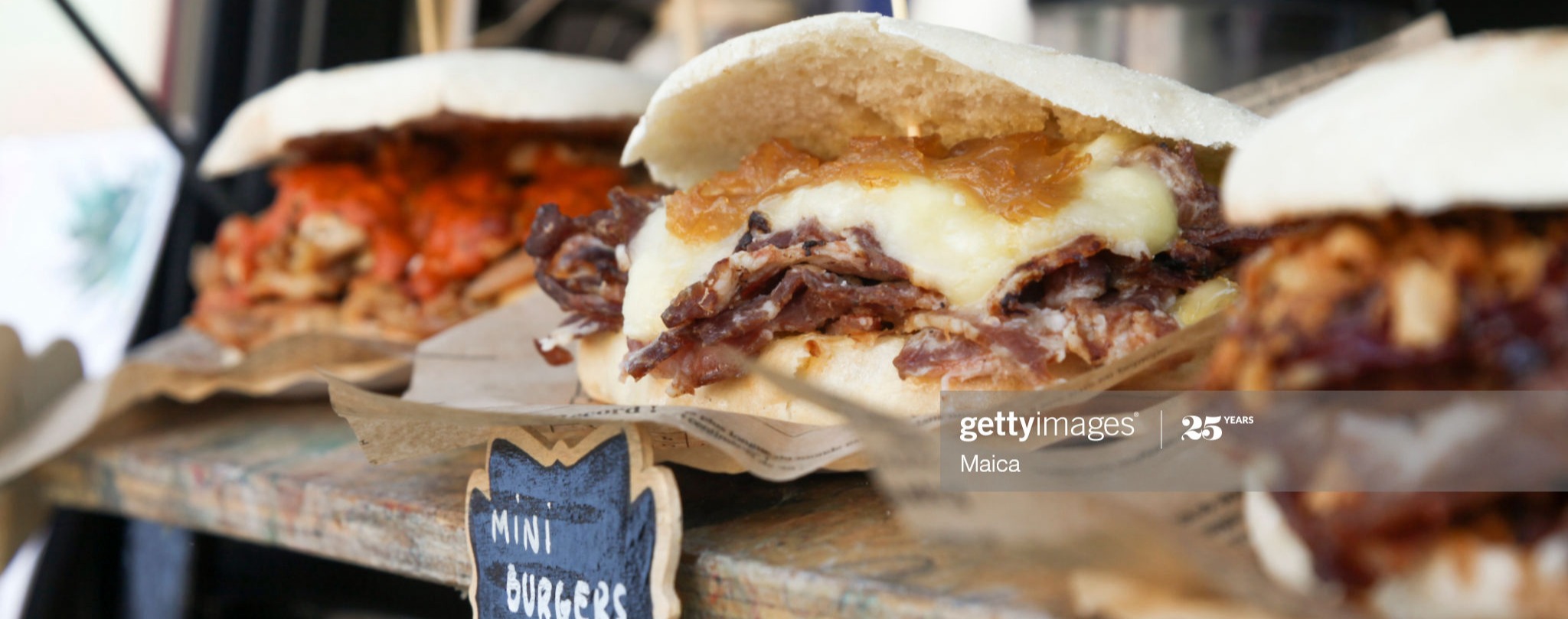
From eating spiders in Cambodia to enjoying the best tagliatelle al ragù in Rome, food is one of the best reasons to travel to a new destination and taste different cuisines. Explore South Africa through its melting pot of cultures and cuisines made popular by the many influences including Dutch, French, Malaysian and indigenous cultures. Are you keen to put your taste buds to the test, then read on.
Visiting Durban? Then you need to try out the Durban classic street food, the bunny chow, a hollowed quarter loaf of bread packed with chicken, meat or vegetable curry and often topped with sambal. Also try out the samoosas, golden triangle pockets filled with spicy chicken, meat or vegetables and they make for the perfect on the go snack.
When in Cape Town, you need to try out the Gatsby, a foot-long sandwich stuffed generously with chips, meats, vegetables, cheese and sauces. The Gatsby was unknowingly created by Rashaad Pandy in the 1970s who came home hungry from work one evening and threw everything he could find into a white baguette roll. The result was so good that he tried it out on the Cape Town locals and found instant success. Remember, a Gatsby without chips is merely a sandwich.
A kota is a blue collar street food found in every kasi in South Africa. It is made up of a hollowed out quarter bread filled with a combination of polony, cheese, egg, Russian sausage, atchar, slap chips and your choice of sauce. It’s a low-fuss meal that is wrapped up specifically to make it easy to eat while on the move.

Vetkoek or amagwinya is a well known South African staple eaten with atchar, polony or stuffed with curried mince. A real South African street munch.
The boerie roll is a South African staple and has become a great companion to sports games, festivals and you can sometimes get lured by the aroma of the boerewors and onions frying in a parking lot on Saturday mornings.
Biltong makes for the perfect protein packed, on the go snack. It is basically just spiced up beef that is hung up to dry. You can find a variety of biltong these days made from ostrich, buffalo and even bacon!
Meat, meat and more meat!
South Africans love their meat, we even have a Heritage slash Braai Day
just to celebrate our favourite weekend activity, the meat lovers
paradise, the braai or shisanyama. Braai is not only about the food, but it is also a social event with friends and family members coming together to celebrate special occasions from birthdays to your soccer team winning the derby.
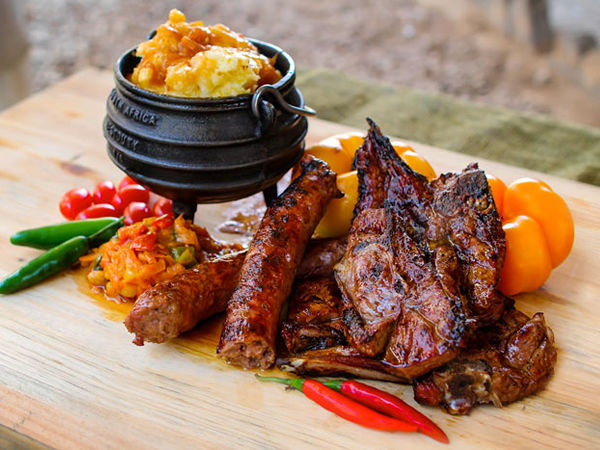
Potjiekos is a proudly South African way of making stew, prepared using a three-legged, round-bellied pot made of cast iron, cooked over open coals and is best prepared with loved ones and good conversation.
The bobotie, an unbelievably delicious mixture of minced meat and spices, baked with an egg topping. The origin of Bobotie goes back hundreds of years, to when the Dutch seafarers first arrived in the Cape and is believed they got the idea from the Indonesian bobotok, which consisted of meat with a custard topping that was cooked in a pan of water until the egg mixture set.
Chakalaka made of a mixture of onion, green pepper, carrots, chillies, baked beans and spices is a popular South African relish that is traditionally served with bread, pap, samp, curries or stews. This is one dish you will always find at any braai or Sunday seven colour plate.
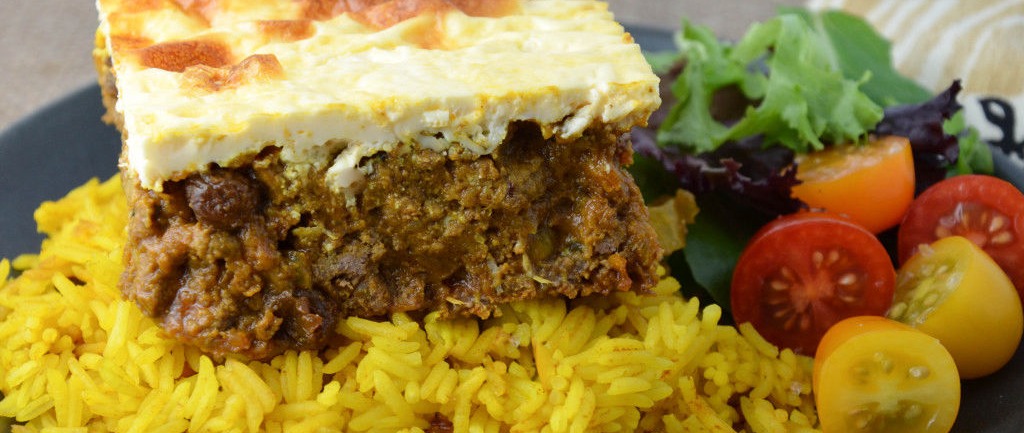
As much as we love a good savoury dish, we also love a good sweet treat. Here’s a few SA’s favourite sugary delights.
Delicious twisted, deep fried and heavily sweetened pastry, the koeksister. Perfect tea time treat or on the go sugar rush snack.
A Cape/Dutch collaboration, the malva pudding is a spongy pudding that originated in Holland but got its distinct flavour from the South African tradition of adding apricot jam. Serve it hot with ice-cream or custard and you’ll know why this is South Africa’s favourite dessert.
A Milktart is a favourite amongst South Africans, especially during tea time. It consists of a sweet pastry crust containing a creamy filling, which is made of milk, flour, sugar and eggs.
Don Pedro is a jazzed up drinking dessert with an ice-cream base and dash of whisky or Amarula. A dessert cocktail. Who can say no to that?
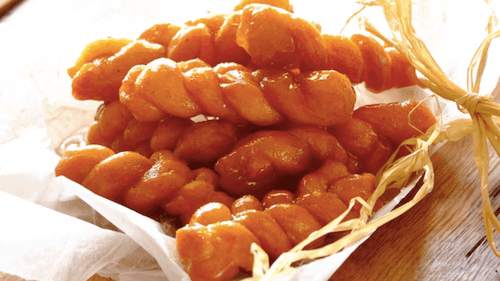
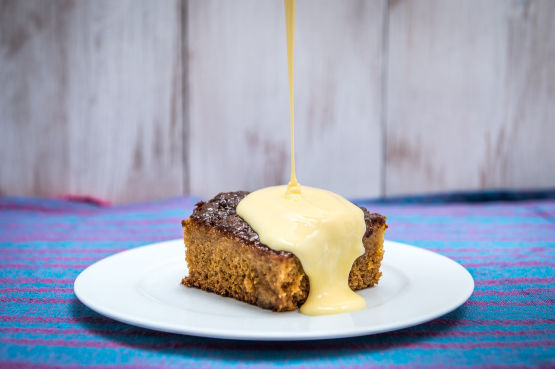
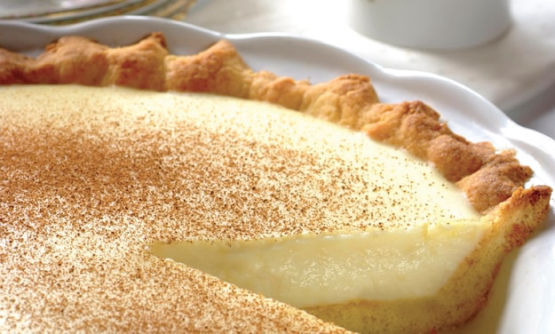
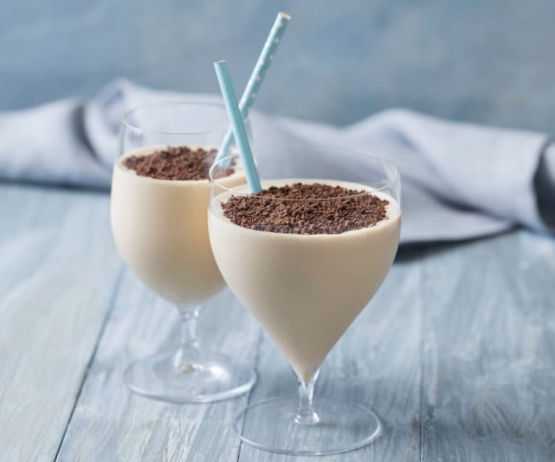
Mopani worms, matomani, masonja, mashonzha or amasonja is a staple source of protein and nutrients for many rural communities in Southern Africa, a delicacy in Limpopo. Mopane worms can be eaten dry and crunchy as a snack, or soaked and cooked in a tomato gravy and served with pap. They have a high protein content – about three times the amount of beef.
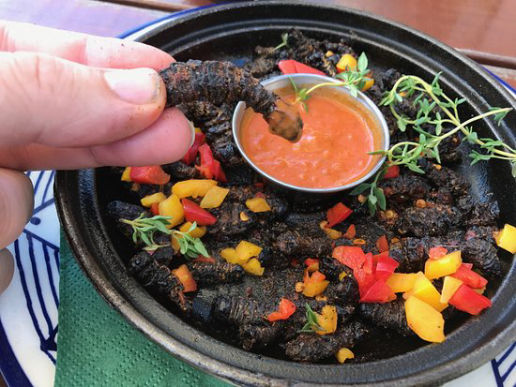
Walkie talkies is probably one of the most popular South African street food dishes, usually served with pap, is made using chicken feet, heads and often giblets. The head and feet are boiled, to remove the hair and nails, and then served with a tasty sauce. The chicken feet are also great thrown on the braai and grilled over open flames, ensuring a crunchy pre-meal treat.
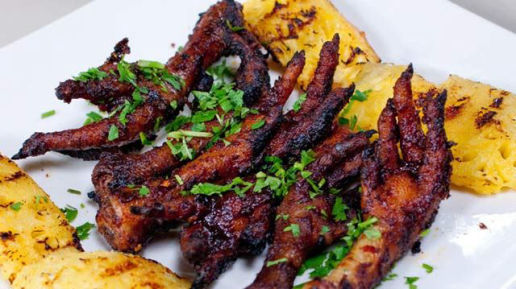
Bokkoms is a Cape West Coast delicacy found in fisheries and roadside stores along the shoreline. This salted and wind-dried mullet fish is a delicacy best enjoyed with a cold beer on hand as you’re bound to get thirsty.
Skilpadjies (little tortoise) is lamb’s liver wrapped in caul fat (the fatty membrane surrounding the kidneys) that is barbecued and is best served with mealie pap or toasted bread.
Smiley is a street food that might not appeal to everyone but it’s served countrywide and especially loved by locals in rural areas. The boiled sheep’s head, or “smiley” due to the grimace on the sheep’s face, is a traditional Xhosa dish. The head is often served whole, but can also be cut up and the meat used in stews or accompanied by side dishes.
Mogodo or tripe is the stomach lining of an animal, in most cases that of a cow. It’s the ultimate comfort food and is a favourite among different cultures within South Africa. The lining is always carefully washed and then boiled and is traditionally lightly curried and served with samp.
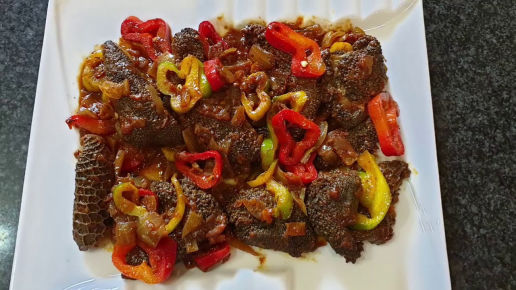
The best way to really know a place is to go deep into the nitty gritty parts of it and that means stepping away from the fancy hotel restaurants and rather eating what the locals eat. That’s where you will either find the best cuisine gems or some interesting food option. But it all makes for good travel memories. Happy exploring.
Built with Mobirise creator